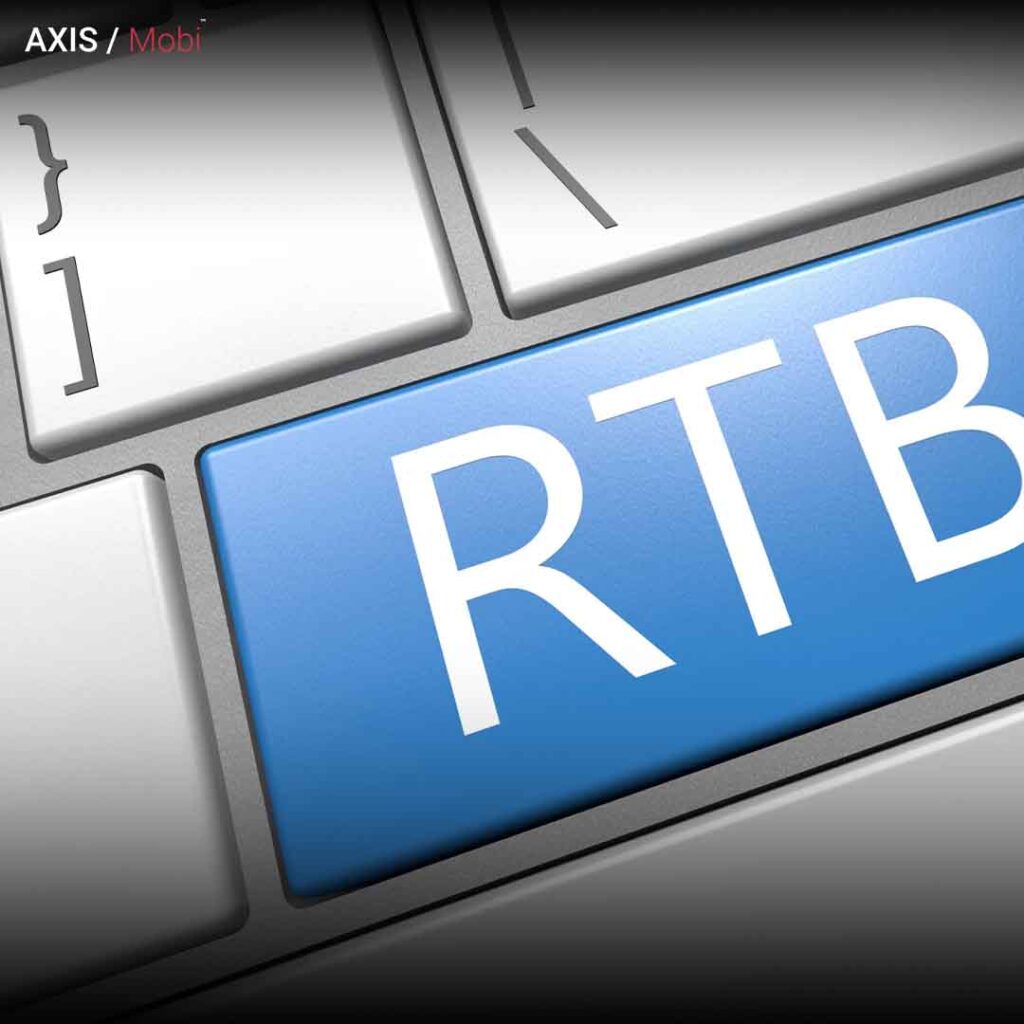Introduction
In the rapidly evolving world of digital advertising, the efficient allocation of advertising budgets and the precise targeting of audiences are paramount. Demand Side Platforms (DSPs) have emerged as essential tools for advertisers looking to streamline their ad buying processes, optimize campaign performance, and engage with audiences effectively. Among the many functions DSPs perform, their role in Real-Time Bidding (RTB) and ad inventory management is particularly crucial. In this comprehensive guide, we will explore how DSPs facilitate RTB and empower advertisers to manage ad inventory efficiently.
Understanding Real-Time Bidding (RTB)

Before diving into the role of Demand Side Platforms in RTB, it’s essential to understand what RTB is and how it has transformed the digital advertising landscape.
What is Real-Time Bidding (RTB)?

Real-Time Bidding is a method of buying and selling digital advertising inventory in real-time, on an impression-by-impression basis. It allows advertisers to bid on ad impressions as they become available, typically within the time it takes for a web page to load. RTB auctions take place in the milliseconds it takes for a webpage to load, ensuring that ads are displayed to the most relevant audiences in real-time.
RTB auctions are facilitated by ad exchanges, which act as marketplaces for ad inventory. When a user visits a website with available ad space, information about that impression is sent to various advertisers via the ad exchange. Advertisers can then submit bids for the impression, with the highest bidder winning the opportunity to display their ad to the user.
The Role of DSPs in Real-Time Bidding (RTB)

Demand Side Platforms (DSPs) play a pivotal role in the RTB ecosystem, serving as the technological bridge between advertisers and ad exchanges. Here’s how DSPs contribute to the RTB process:
1. Data Utilization and Audience Targeting:
One of the primary functions of Demand Side Platforms is audience targeting. Advertisers leverage DSPs to define their target audiences based on a variety of parameters, including demographics, location, browsing behavior, and more. DSPs enable advertisers to create highly specific audience segments, ensuring that their ads reach the most relevant users.
2. Real-Time Decision Making:
When an impression becomes available on a publisher’s website, DSPs swing into action. They analyze the available information about the impression, including the user’s data and contextual factors, and determine whether it aligns with the advertiser’s targeting criteria. If it does, the DSP places a bid on behalf of the advertiser in real-time.
3. Bidding Optimization:
Demand Side Platforms employ complex algorithms and bidding strategies to optimize the bidding process. They consider factors such as historical campaign performance, budget constraints, and real-time competition from other advertisers. The goal is to ensure that the advertiser secures ad placements at the best possible price while maximizing the chances of reaching their target audience.
4. Dynamic Budget Allocation:
DSPs enable advertisers to set budgets for their campaigns, and they dynamically allocate these budgets across different impressions and ad opportunities. This ensures that budget is directed toward impressions that are more likely to yield desirable results, such as clicks or conversions.
5. Real-Time Reporting and Insights:
DSPs provide advertisers with real-time reporting and insights into their campaign performance. Advertisers can track key metrics like click-through rates (CTR), conversions, and ad viewability as they happen. This level of transparency allows advertisers to make data-driven decisions and adjust their campaigns on the fly.
6. Ad Creative Management:
DSPs also assist with ad creative management. Advertisers can upload various ad creatives, and DSPs ensure that the right creative is served to the right audience at the right time. Some Demand Side Platforms even support dynamic creative optimization, allowing for the automatic selection of ad creatives based on user data and behavior.
7. Inventory Selection:
As part of the RTB process, DSPs help advertisers choose which ad impressions to bid on. They evaluate factors such as the website’s relevance to the advertiser’s target audience, ad placement visibility, and historical performance data to make informed decisions.
8. Ad Fraud Detection:
Ad fraud is a significant concern in digital advertising. DSPs incorporate fraud detection mechanisms to identify and mitigate fraudulent impressions. This helps advertisers maintain the quality and integrity of their ad campaigns.
Benefits of DSPs in Real-Time Bidding

The role of DSPs in RTB offers several key benefits for advertisers:
1. Efficient Ad Buying:
DSPs streamline the ad buying process, allowing advertisers to access and bid on ad impressions across multiple publishers and ad exchanges from a single platform. This efficiency saves time and resources.
2. Precise Audience Targeting:
DSPs enable advertisers to define and reach highly specific target audiences, ensuring that their ads are delivered to users who are most likely to convert.
3. Real-Time Optimization:
The real-time nature of RTB, facilitated by DSPs, allows advertisers to optimize their bidding strategies and ad campaigns on the fly, maximizing ROI.
4. Data-Driven Decision Making:
DSPs provide advertisers with valuable data and insights in real-time, enabling them to make data-driven decisions and adjust their campaigns based on performance metrics.
5. Cost-Efficiency:
By automating the bidding process and optimizing budgets, DSPs help advertisers secure ad placements at competitive prices, reducing advertising costs.
Challenges & Considerations
While DSPs offer numerous advantages in RTB, advertisers must also consider some challenges:
1. Increased Competition:
The real-time nature of RTB means that advertisers are competing with one another for the same ad impressions. This competition can drive up bidding prices.
2. Ad Quality:
Ensuring that ad creatives are engaging and relevant is crucial for success. DSPs offer tools for ad creative management, but advertisers must still invest in compelling creatives.
3. Data Privacy:
With concerns about data privacy on the rise, advertisers must use data responsibly and comply with privacy regulations to maintain user trust.
Conclusion
Demand Side Platforms (DSPs) are pivotal in Real-Time Bidding (RTB) and ad inventory management, enabling advertisers to reach their target audiences efficiently and effectively. As the digital advertising landscape continues to evolve, Demand Side Platforms will play an increasingly essential role in helping advertisers navigate the complexities of programmatic advertising, optimize their campaigns, and achieve better ROI. Advertisers should embrace DSP technology and stay informed about emerging trends to harness the full potential of real-time bidding and ad inventory management.





Pingback: DSP Advertising : Scaling Targeting & Personalization
Pingback: Demystifying Demand Side Platforms: A Marketer's Guide